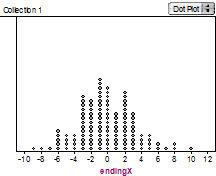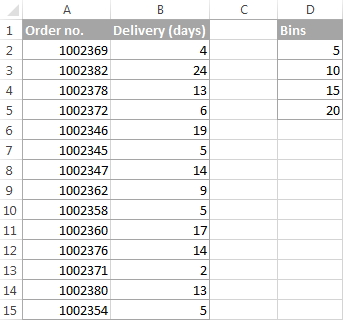


Specify Input Range ($A$1:$A$101), Bin Range ($C$1:$C$9), and Output Range ($E$1), then click Labels, Chart Output and OK Step 5 & 6: Make changes for the Histogram, click on one blue rectangle, right click, click Format Data Series Click Data, Data Analysis, Histogram and click OK. Step 1, 2, 3 & 4: Enter data into column A, create bins Range into column C.

The histogram (like the stemplot) can give you the shape of the data, the center, and the spread of the data. The graph will have the same shape with either label.

The vertical axis is labeled either frequency or relative frequency (or percent frequency or probability). The horizontal axis is labeled with what the data represents (for instance, distance from your home to school). It has both a horizontal axis and a vertical axis. A histogram consists of contiguous (adjoining) boxes.Download Descriptive Statistics – Excel Instructions Data Sets.


 0 kommentar(er)
0 kommentar(er)
